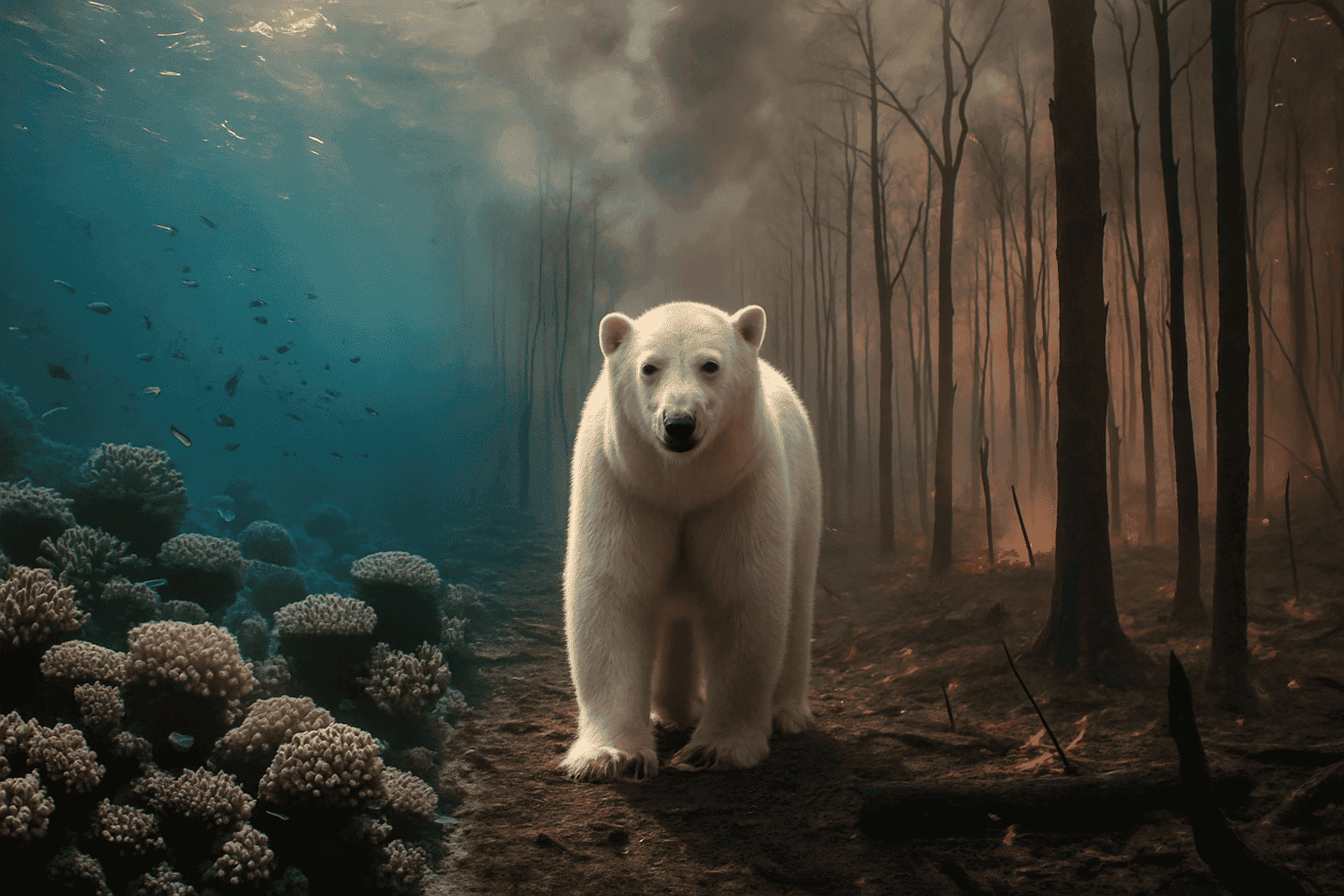Our planet is home to breathtaking natural wonders, from glowing coral reefs to ancient rainforests. These are the most beautiful ecosystems in the world places where life thrives in extraordinary ways. However, many of these ecosystems are now among the top endangered ecosystems due to climate change, deforestation, pollution, and human encroachment.
In this blog, we’ll explore the world’s rarest ecosystems those that are not just visually stunning, but also crucial for biodiversity. Protecting them isn’t just about saving beauty; it’s about saving life.
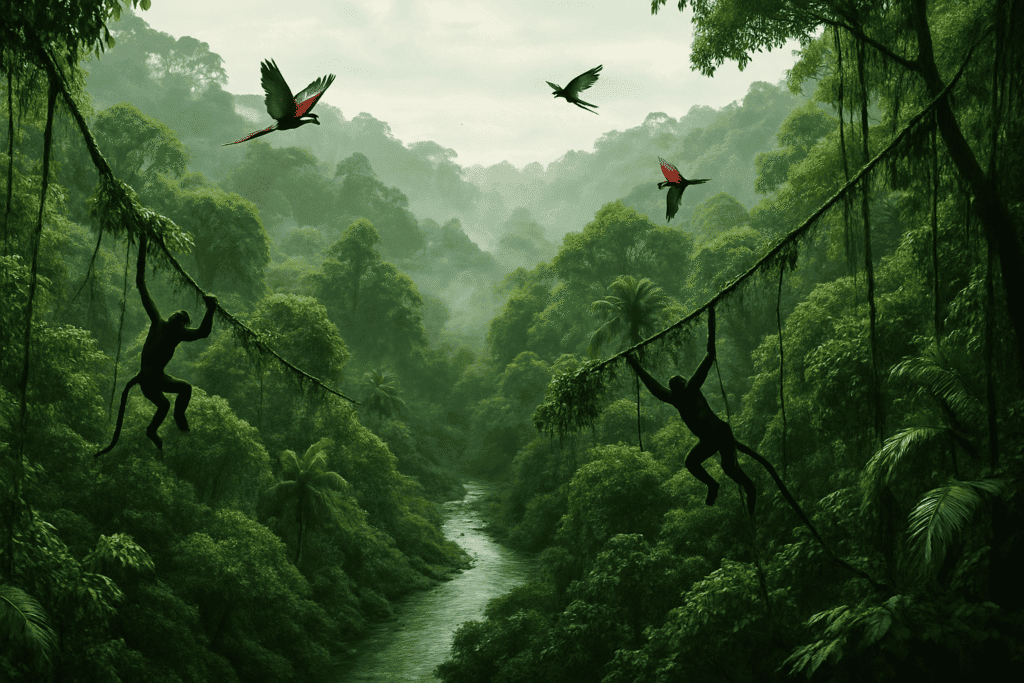
1. Amazon Rainforest – South America
The Amazon Rainforest is often referred to as the “lungs of the Earth” because of its massive capacity to absorb carbon dioxide. Spanning over nine countries, this tropical forest is one of the most beautiful ecosystems in existence. It is home to vibrant wildlife like jaguars, toucans, pink river dolphins, and an unimaginable variety of plants. The dense green canopy, winding rivers, and untouched natural beauty make it an ecological treasure.
But this ecosystem is in grave danger. Deforestation for cattle farming, soy plantations, and illegal logging continues to destroy large sections daily. Fires both natural and man-made are contributing to rapid forest loss. Scientists warn that if this endangered ecosystem continues to shrink, it may reach a tipping point where it can no longer sustain itself.
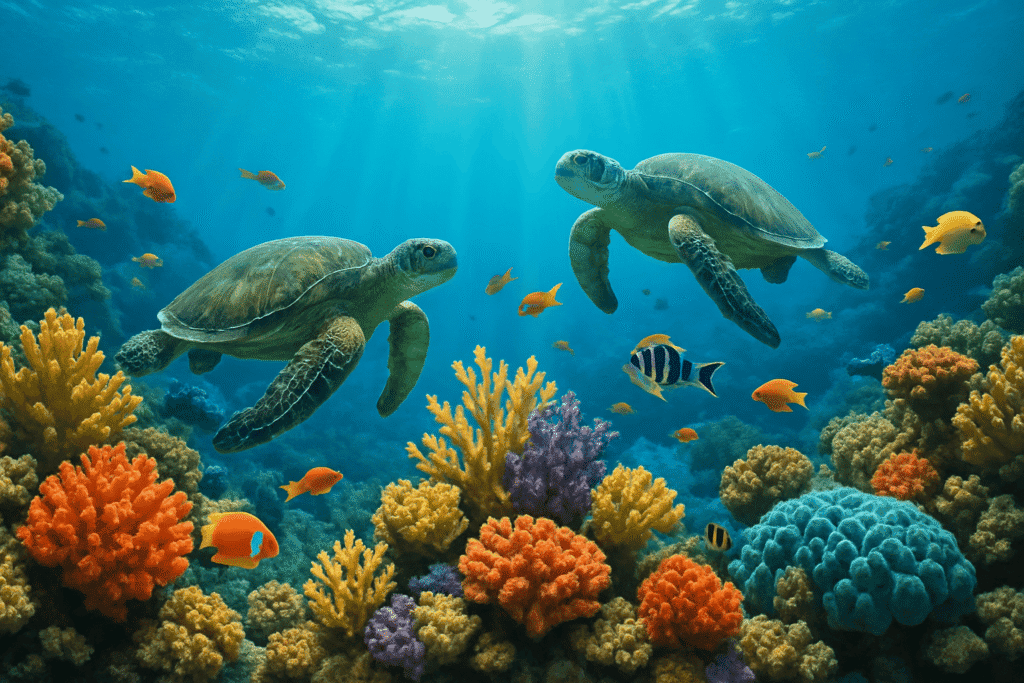
2. Coral Reefs – Great Barrier Reef, Australia
The Great Barrier Reef, stretching over 2,300 kilometers, is the world’s largest coral reef system and one of the top endangered ecosystems due to rising sea temperatures. With its brilliant colors and diverse marine life including clownfish, sea turtles, and reef sharks it is a natural wonder that attracts millions of tourists each year. Coral reefs support over a quarter of all marine species despite covering less than 1% of the ocean floor.
Unfortunately, coral bleaching has become increasingly severe in recent years. Caused by global warming and ocean acidification, bleaching kills coral and disrupts marine ecosystems. Pollution from coastal runoff and destructive fishing practices only worsen the situation. If current trends continue, most of the reef could disappear in the next few decades.
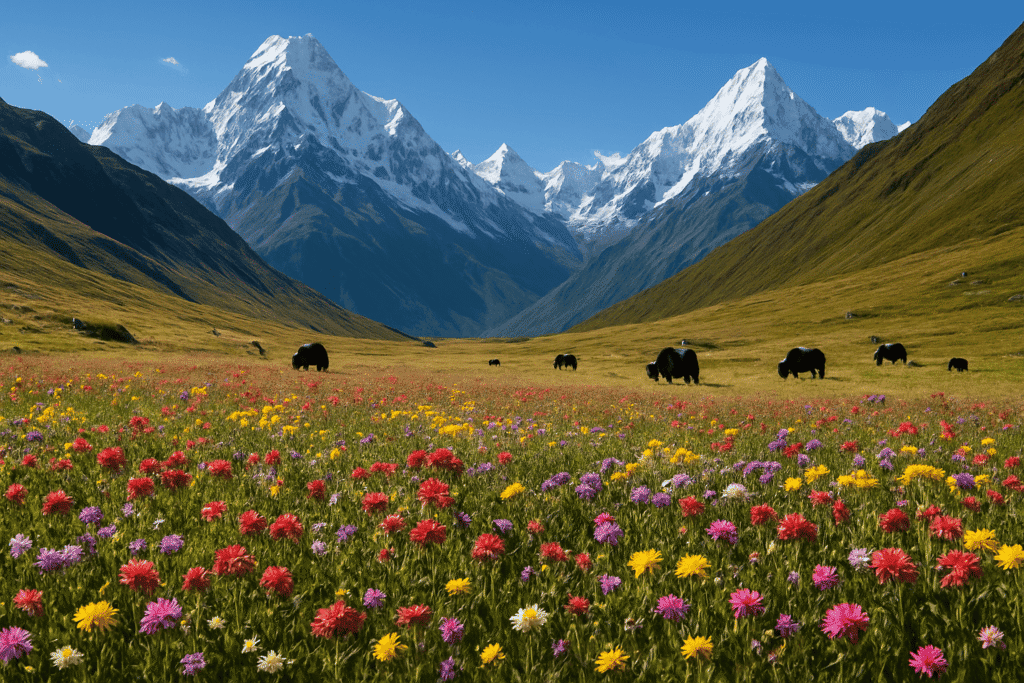
3. Himalayan Alpine Meadows – India, Nepal, Bhutan
The Himalayan alpine meadows are pristine, high-altitude grasslands nestled above the tree line. During summer, they burst into a rainbow of wildflowers, surrounded by snow-capped peaks and glaciers. This beautiful ecosystem provides habitat for rare and elusive species such as the snow leopard, Himalayan monal, and red panda. Its spiritual and scenic value is immense, attracting trekkers and monks alike.
However, these meadows are melting literally. Climate change is causing glacial retreat, altering water sources and soil composition. With increased tourism and road development, fragile areas are now exposed to erosion, garbage, and habitat fragmentation. Despite being one of the world’s rarest ecosystems, it receives limited conservation attention.
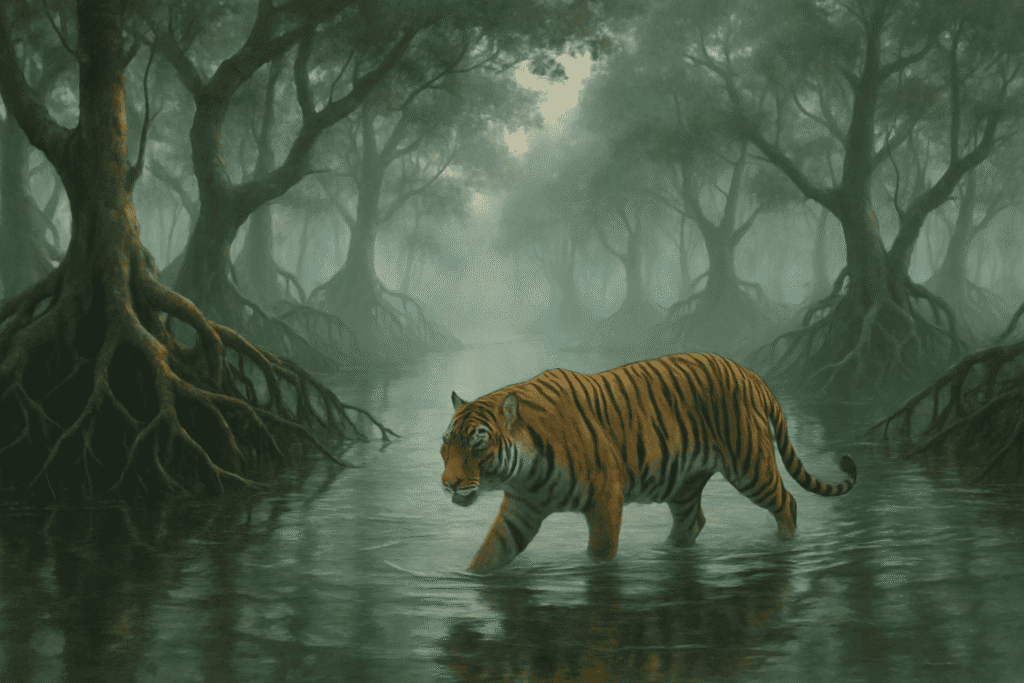
4. Sundarbans Mangrove Forest – India & Bangladesh
The Sundarbans is the largest mangrove forest on Earth and a UNESCO World Heritage Site. Intertwined with hundreds of tidal rivers, it serves as a critical buffer against cyclones and floods in the Bay of Bengal. It’s also famous for being the only place on Earth where tigers live in mangrove forests. This tangle of land and water creates a surreal and hauntingly beautiful ecosystem.
Unfortunately, the Sundarbans are rapidly being lost to rising sea levels and saltwater intrusion. Shrimp farming, deforestation, and industrial pollution further threaten its delicate balance. As one of the top endangered ecosystems, its destruction would mean the loss of vital biodiversity and natural climate defense systems for millions.
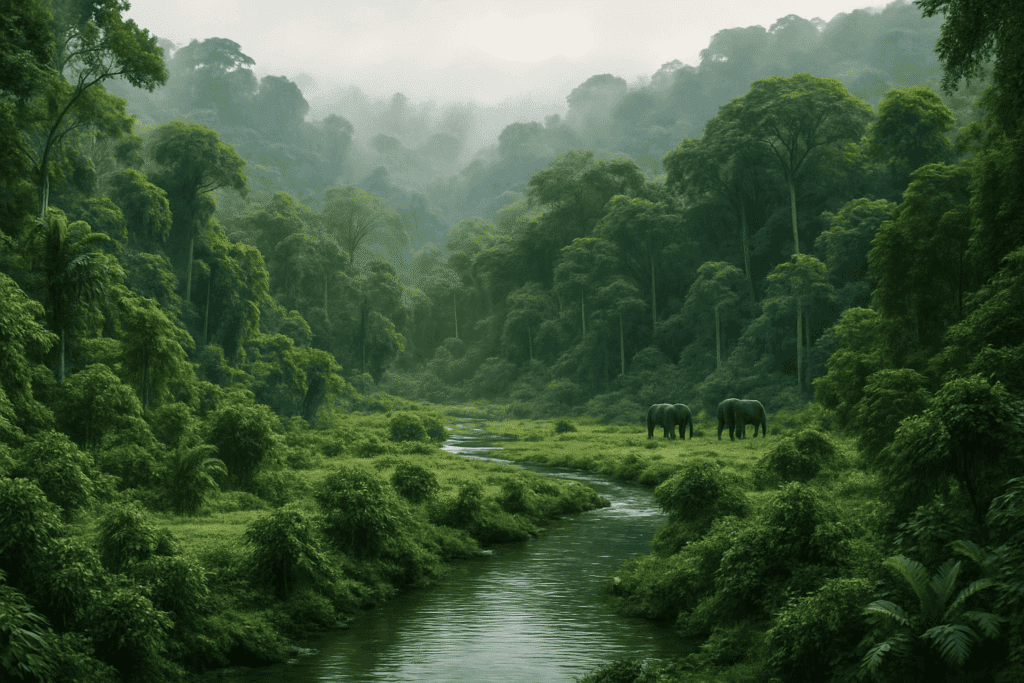
5. Congo Basin – Central Africa
The Congo Basin is the world’s second-largest tropical rainforest and one of the richest in biodiversity. Its dense green canopy, winding rivers, and tribal cultures create a mystique that rivals the Amazon. It is home to forest elephants, bonobos, okapis, and gorillas, making it one of the most beautiful ecosystems on the planet for both nature lovers and conservationists.
Yet this magnificent ecosystem is under siege. Logging, mining, oil drilling, and poaching are rapidly depleting its resources. Political instability in the region makes conservation efforts difficult. With its rare species and unique cultural heritage, the Congo Basin deserves immediate international attention before it becomes one of the world’s rarest ecosystems lost forever.
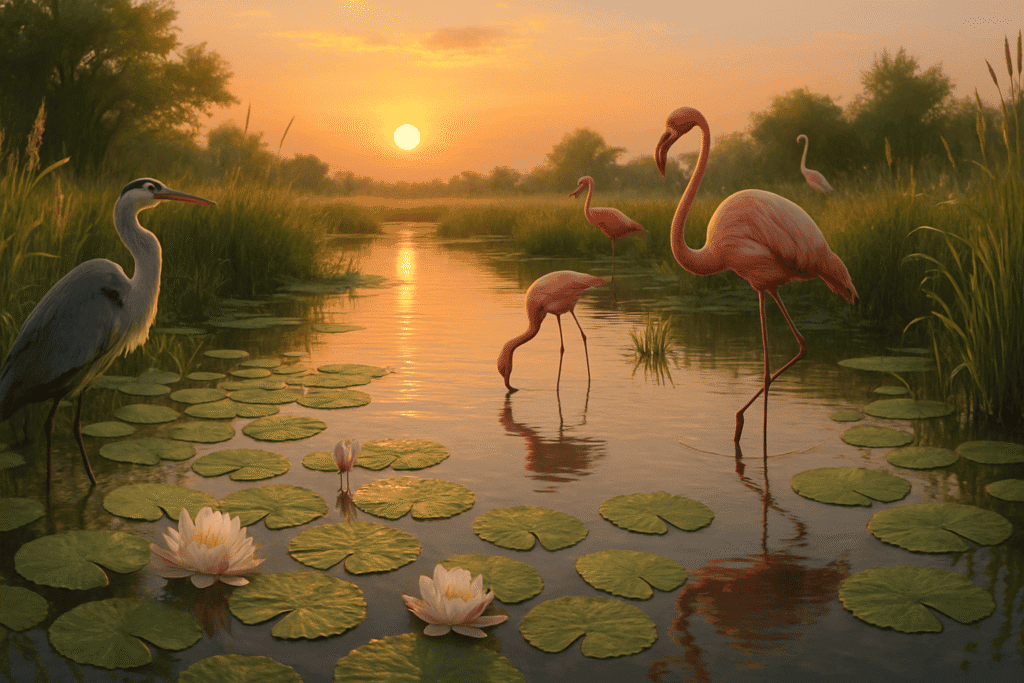
6. Everglades Wetlands – Florida, USA
The Everglades is a vast, slow-moving river of grass and one of the most unique ecosystems in North America. This subtropical wetland is home to alligators, flamingos, manatees, and dozens of rare bird species. The mosaic of marshes, sloughs, mangroves, and sawgrass plains makes it a stunning and complex beautiful ecosystem unlike any other.
But the Everglades are drying out. Water diversion for agriculture and urban use has drastically altered its flow. Invasive species, pollution, and climate change are disrupting its fragile balance. Conservation efforts have begun, but experts warn it may be too late to save this endangered ecosystem unless bold actions are taken.
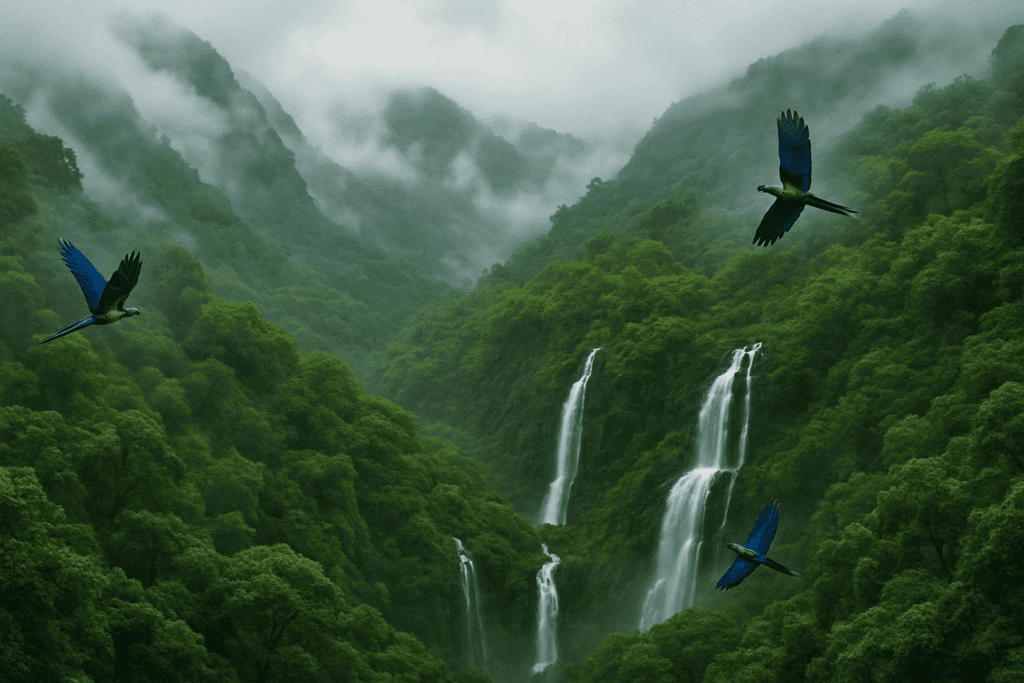
7. Western Ghats – India
The Western Ghats is a chain of mountains stretching along the western coast of India. This UNESCO World Heritage Site is a biodiversity hotspot with a high level of endemic species—plants and animals found nowhere else in the world. Covered in lush rainforests, misty hills, and sacred groves, it’s a most beautiful ecosystem with deep cultural roots.
Sadly, the Western Ghats are shrinking. Encroachments for agriculture, mining, and hydropower projects have fragmented habitats. Urbanization is pushing deeper into the forest, endangering species like the Nilgiri Tahr and Lion-tailed Macaque. Despite being a sanctuary of life, this ecosystem remains among the top endangered ecosystems in India.
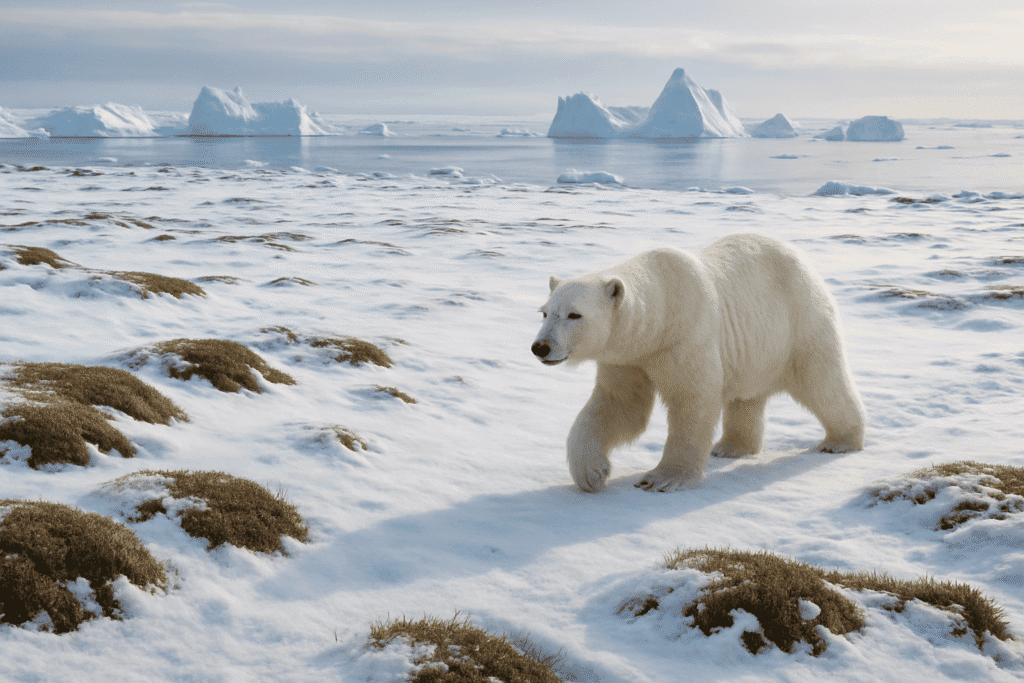
8. Arctic Tundra – North Pole Region
The Arctic tundra is a vast, frozen landscape that becomes a vibrant mosaic of mosses, lichens, and wildflowers in summer. It is a haven for polar bears, arctic foxes, and migratory birds. This rare ecosystem is not only beautiful but plays a crucial role in regulating the Earth’s climate through permafrost carbon storage.
Unfortunately, this ecosystem is on the frontline of climate change. Rising temperatures are melting the permafrost, releasing greenhouse gases and changing global weather patterns. Oil exploration and shipping routes are also expanding, threatening its untouched nature. It’s one of the world’s rarest ecosystems, vanishing before our eyes.
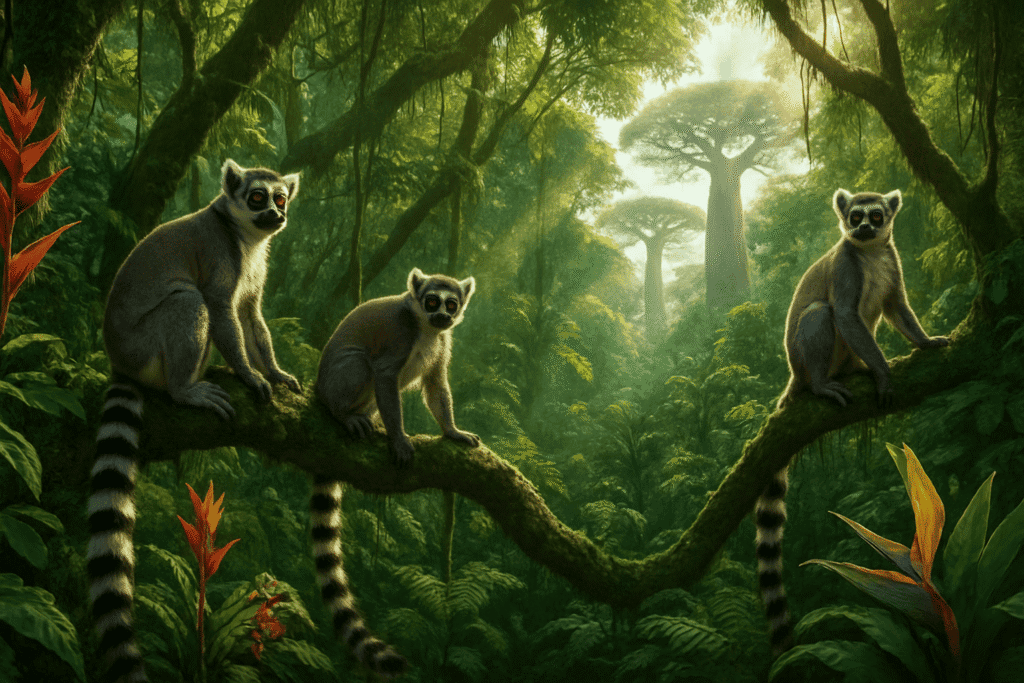
9. Madagascar Rainforests – Madagascar
Madagascar’s rainforests are like a real-life Pandora. Separated from mainland Africa for millions of years, the island evolved in isolation, producing weird and wonderful life lemurs, baobab trees, and colorful chameleons. These forests are among the most beautiful ecosystems on Earth due to their unique scenery and species.
But Madagascar’s natural beauty is fading. Less than 10% of its original forests remain due to slash-and-burn agriculture and logging. The illegal pet trade is wiping out rare species. Conservation efforts are underway, but without stronger regulation, this endangered ecosystem could disappear entirely in the next few decades.
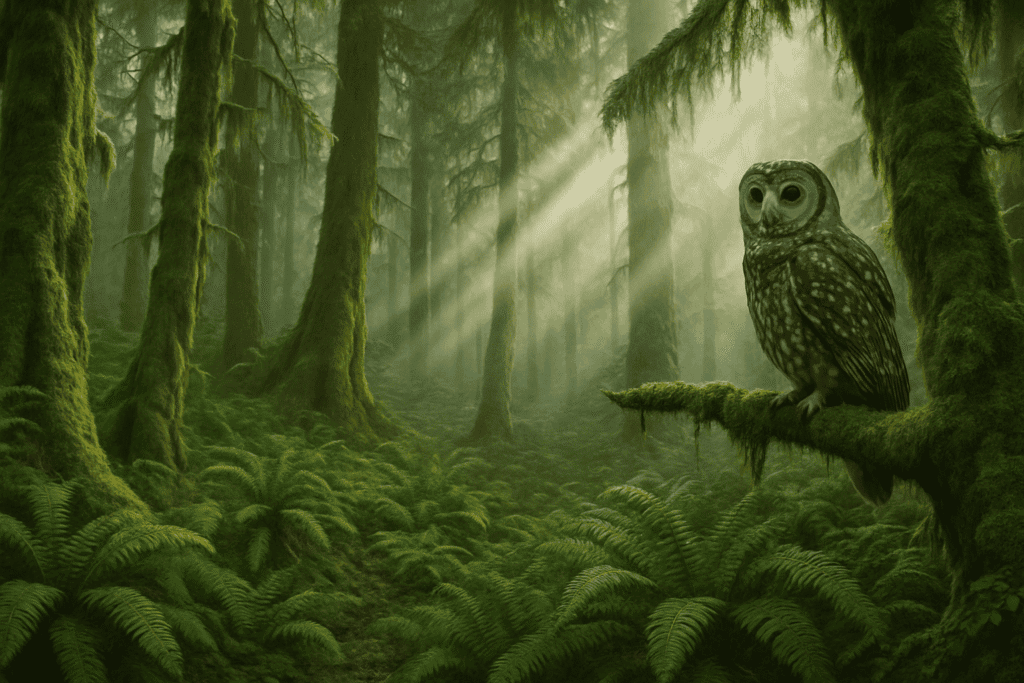
10. Pacific Northwest Rainforests – USA & Canada
Stretching from northern California to British Columbia, these temperate rainforests are filled with ancient trees cloaked in moss and ferns. With heavy rainfall and towering redwoods and Douglas firs, it’s a storybook-like beautiful ecosystem that inspires awe and reverence.
However, logging continues to threaten its ancient forests. New housing developments and climate-induced wildfires are shrinking habitat for species like the Northern Spotted Owl. Even though it’s not as discussed as the Amazon, the Pacific Northwest rainforest is one of the top endangered ecosystems that needs urgent attention.
Why These Ecosystems Matter
These most beautiful ecosystems aren’t just pretty landscapes. They regulate climate, clean air and water, store carbon, and provide food and medicine. Losing them would mean irreversible damage to both biodiversity and human well-being.
What Can We Do?
- Support eco-conscious brands and sustainable tourism
- Participate in reforestation drives
- Educate others about endangered ecosystems
- Donate to global conservation organizations like WWF, Rainforest Alliance, or local NGOs
🗳️ Vote Now: Which Ecosystem Deserves Urgent Protection?
👉 Take Poll on PollHit.com
Should we create a dedicated conservation fund for any one of these endangered ecosystems? Tell us your thoughts in the poll!
